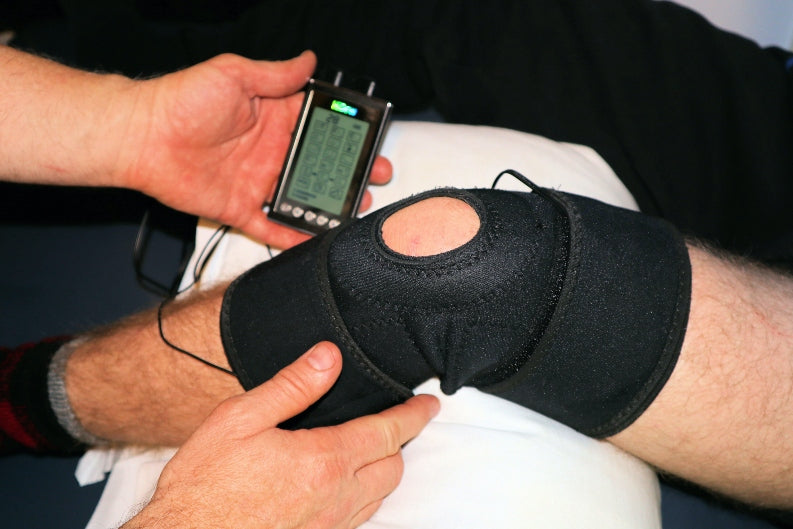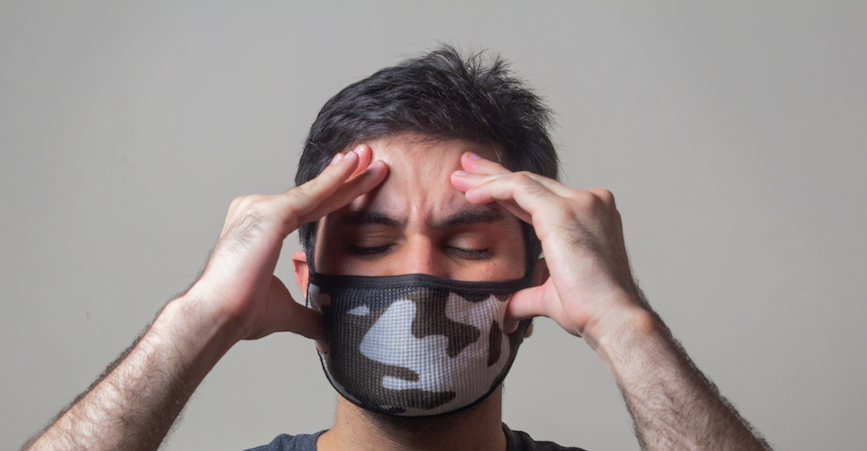It's been a long and arduous journey, but you can finally see the light at the end of the tunnel. Your frozen shoulder is starting to thaw! This is great news, as it means that you are on your way to recovering from this injury. But what signs should you look for to know that your frozen shoulder is starting to thaw? This blog post will discuss some of the most common symptoms that this process has begun. Stay tuned for more information!
Frozen Shoulder Thawing Stage Pain
Frozen shoulder, also known as adhesive capsulitis, is a condition characterized by pain and stiffness in the shoulder joint. The disease typically affects people between 40 and 60, and women are more likely to experience frozen shoulder than men.
The frozen shoulder typically progresses through freezing, frozen, and thawing. The frozen stage is when the shoulder is most stiff and painful. The thawing stage is when the frozen shoulder starts to thaw, and movement improves.
If you think you may be experiencing a frozen shoulder, it's essential to see a doctor for an evaluation. Frozen shoulder can often be treated with physical therapy, exercises, and other conservative measures. In some cases, a frozen shoulder may require surgery. If you are about to undergo surgery or are considering it, you must make sure to invest in adaptive clothing for shoulder surgery to ensure a steady healthy recovery process. In many cases, just investing in post shoulder surgery clothing can also be useful in giving your frozen shoulder the comfort and support it needs. You can check out Reboundwear's shoulder surgery shirts for stylish and comfortable apparel!

How to unfreeze a frozen shoulder?
If you notice that your frozen shoulder is starting to thaw, you can do a few things to help speed up the process. First, start by doing some range of motion exercises every day. This will help to increase blood flow and reduce stiffness. You can also try applying heat or cold to the area for 20 minutes at a time. This will help to reduce inflammation and pain. Finally, be sure to stay hydrated and eat a healthy diet. These simple steps will help you get your frozen shoulder back to normal in no time!
Frozen Shoulder Thawing Stage Exercises
Exercises are an important part of your recovery if you're in the frozen shoulder thawing stage. Here are a few exercises to help get you started:
Shoulder circles
Stand with your arms at your sides and make small circles with your shoulders. Start with slow, controlled movements and gradually increase the speed as you become more comfortable.
Pendulum stretch
Lean over and let your affected arm hang down. Use your other arm to move your affected arm in a small circle gently.
Doorway stretch
Stand in a doorway with your elbows bent at 90 degrees and your forearms against the door frame. Step forward with your unaffected leg and hold for 30 seconds. Repeat on the other side.
If your froze inn shoulder is thawing, these exercises could help speed up your recovery. Be sure to talk to your doctor before starting any new exercise program. They can help you tailor a suitable program for you and ensure you're doing the exercises correctly. With time and patience, your frozen shoulder will thaw, and you'll be back to your usual self.

Physiotherapy Frozen Shoulder
It's been a long, hard winter. You've been dealing with the pain and stiffness of the frozen shoulder for months now, and you're finally starting to see some improvement. Physiotherapy can help speed up the process and get you back to your normal self in no time. Here are a few signs that frozen shoulder is starting to thaw:
- You're starting to feel some movement in your shoulder. This is a good sign that the physiotherapy is working and that the frozen shoulder is beginning to thaw.
- The pain is slowly subsiding. As physiotherapy helps to loosen up the muscles and tendons around your shoulder, the pain will lessen.
- You're regaining some range of motion. A frozen shoulder can severely limit your range of motion, but physiotherapy can help increase it.
If you're experiencing any of these signs, it's a good indication that the frozen shoulder is thawing, and physiotherapy is working. Keep up with the physiotherapy, and soon you'll be back to your usual self.

Conclusion
Frozen shoulder, also called adhesive capsulitis, is a condition that causes pain and stiffness in the shoulder joint. The good news is that frozen shoulders typically thaw after around nine months. Suppose you’re experiencing any of the following symptoms. In that case, it might signify that your frozen shoulder is starting to thaw: increased range of motion, decreased pain levels, and a decrease in inflammation. Keep up the stretching exercises and stay positive; before you know it, your frozen shoulder will be nothing but a distant memory!





Leave a comment
All comments are moderated before being published.
This site is protected by hCaptcha and the hCaptcha Privacy Policy and Terms of Service apply.